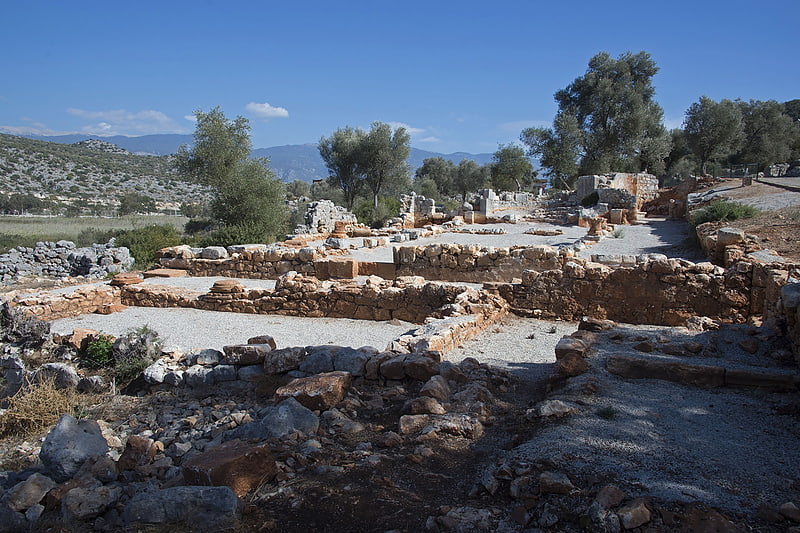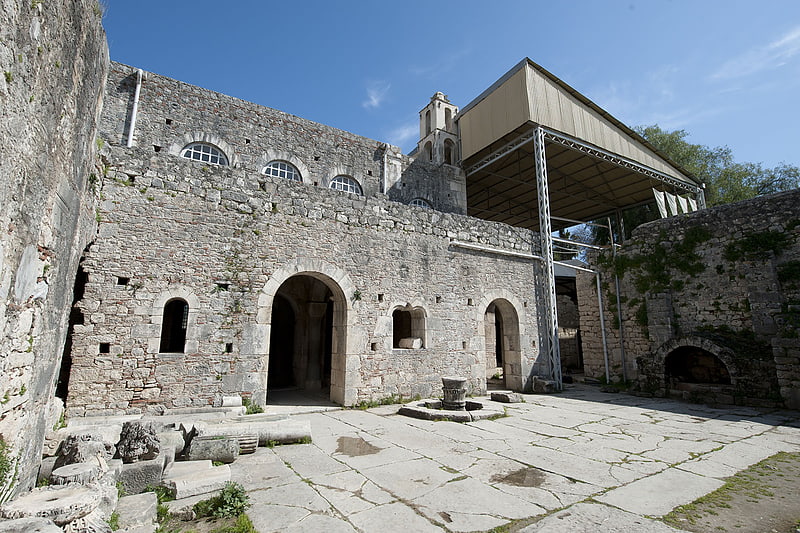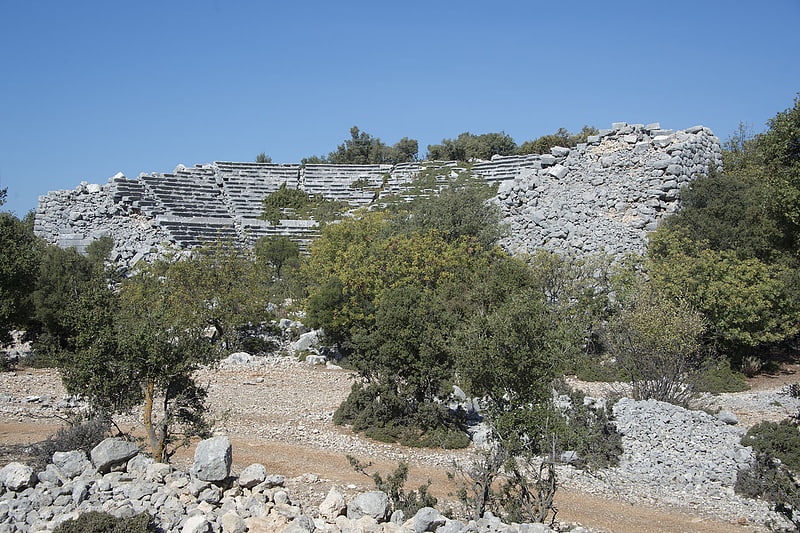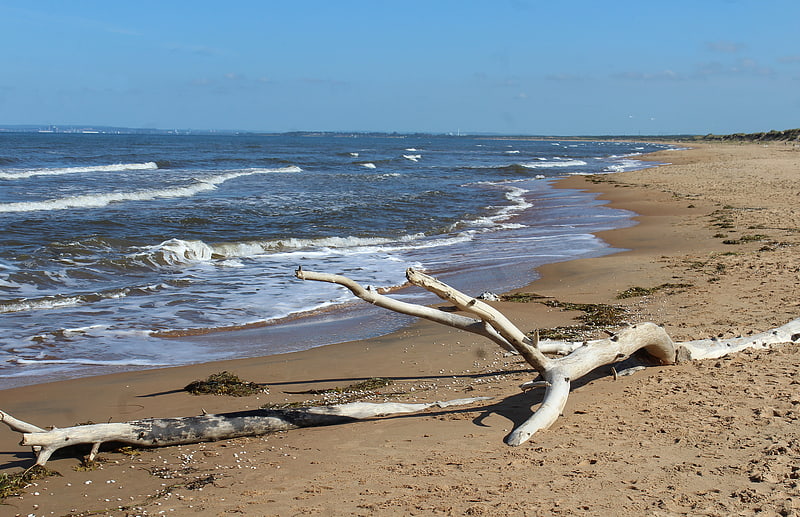Discover 5 hidden attractions, cool sights, and unusual things to do in Demre (Turkey). Don't miss out on these must-see attractions: Myra, Andriake, and St. Nicholas Church. Also, be sure to include Cyaneae in your itinerary.
Below, you can find the list of the most amazing places you should visit in Demre (Antalya).
Table of Contents
Myra

Also known as: Mira
Town. Myra was a Lycian, then ancient Greek, then Greco-Roman, then Byzantine Greek, then Ottoman town in Lycia, which became the small Turkish town of Kale, renamed Demre in 2005, in the present-day Antalya Province of Turkey. In 1923, its Greek inhabitants had been required to leave by the Population exchange between Greece and Turkey, at which time its church was finally abandoned. It was founded on the river Myros, in the fertile alluvial plain between Alaca Dağ, the Massikytos range and the Aegean Sea.[1]
Address: Myra Örenyeri, Demre
Andriake

Andriake or Andriaca was an ancient city and the port of the ancient town of Myra in Lycia. Appian says that Lentulus broke through the chain which crossed the entrance of the port, and went up the river to Myra. Beaufort gives the name Andráki to the river of Myra. On the north side of the entrance are the remains of large Roman horrea, with a perfect inscription, which states that the horrea were Hadrian's: the date is Hadrian's third consulate, which is 119 CE.
Andriake is mentioned by Ptolemy; and Pliny has Andriaca civitas, Myra (v. 27). Andriake, then, is clearly the place at the mouth of the small river on which Myra stood, 20 stadia higher up. (Strab. p. 666.) It must have been at Andriake, as Cramer observes, that St. Paul and his companions were put on board the ship of Alexandria. (Acts, xxvii. 5, 6.)
Andriake is located in what is now the Demre district of Antalya.
The location has re-opened as an open-air museum with a museum in an old granary. A notice on site (see picture Andriake Plan with text below) has: "Although it was an important harbour of the Lycian region in (the) Ancient Period, in part (because) of the alluvial silt transported by Kokarçay (Andriakos), the port ceased functioning and the ruins of the city Andriake, today engulfed by a swamp, are spread over the two shores of a small bay. Far from being an independent city in (the) Ancient Period, the city Andriake was a suburb and (the) port of Myra by (sic) its location. The inscription located in the city that covers trading laws of the Lycian state from (the) Emperor Nero period (54-68) exposes the importance of Andriake as a port during this period. Andriake lived its most prestigious period during Emperor Hadrian (117-138). The granarium/grain silo structure (Lycian Civilizations Museum) and the trade agora/plakoma structure on its eastern side were built in this period. Discovery of inscriptions written in the honour of Constantinus II, Julianus and Valens indicated that Andriake succeeded in maintaining its importance also in later periods (4th century AD).[2]
St. Nicholas Church

Also known as: Noel Baba Kilisesi
Church in Demre, Turkey. St. Nicholas Church is an ancient East Roman basilica church in the ancient city of Myra, now a museum located in modern Demre, Antalya Province, Turkey. It was built above the burial place of St Nicholas, a 4th-century Christian bishop of Myra, an important religious figure for Eastern Orthodox Christians and Roman Catholics and the historical inspiration for Santa Claus. Its use dated from its 6th century construction for the state church of the Roman Empire by Justinian the Great. The basilica is on UNESCO's tentative list to become a World Heritage Site.[3]
Address: Butter St, Demre
Cyaneae

Also known as: Kyaneai
Town. Cyaneae, also spelled Kyaneai or Cyanae, was a town of ancient Lycia, or perhaps three towns known collectively by the name, on what is now the southern coast of Turkey. William Martin Leake says that its remains were discovered west of Andriaca. The place, which is at the head of Port Tristomo, was determined by an inscription. Leake observes that in some copies of Pliny it is written Cyane; in Hierocles and the Notitiae Episcopatuum it is Cyaneae. To Spratt and Forbes, Cyaneae appeared to be a city ranking in importance with Phellus and Candyba, but in a better state of preservation. No longer a residential bishopric, Cyanae is today listed by the Catholic Church as a titular see.
Pausanias wrote that there was the oracle of Apollo Thyrxeus (Ἀπόλλωνός Θυρξέως) there.[4]
Sülüklü Plaji

Beach